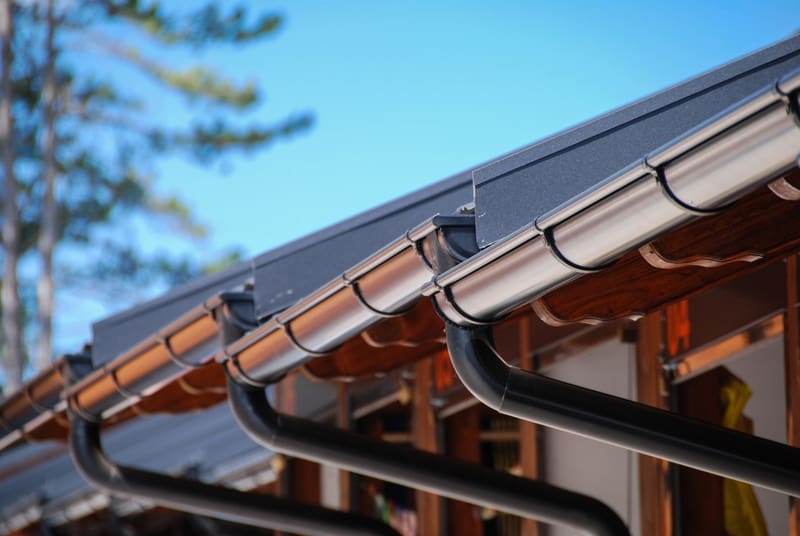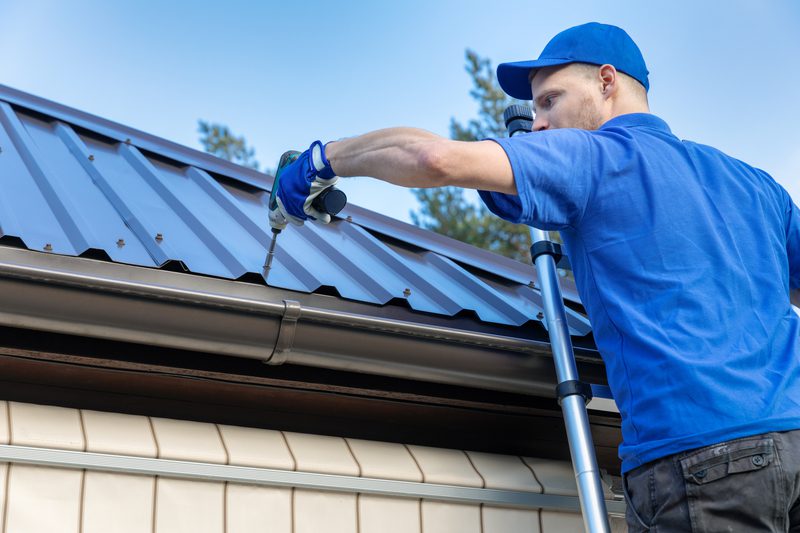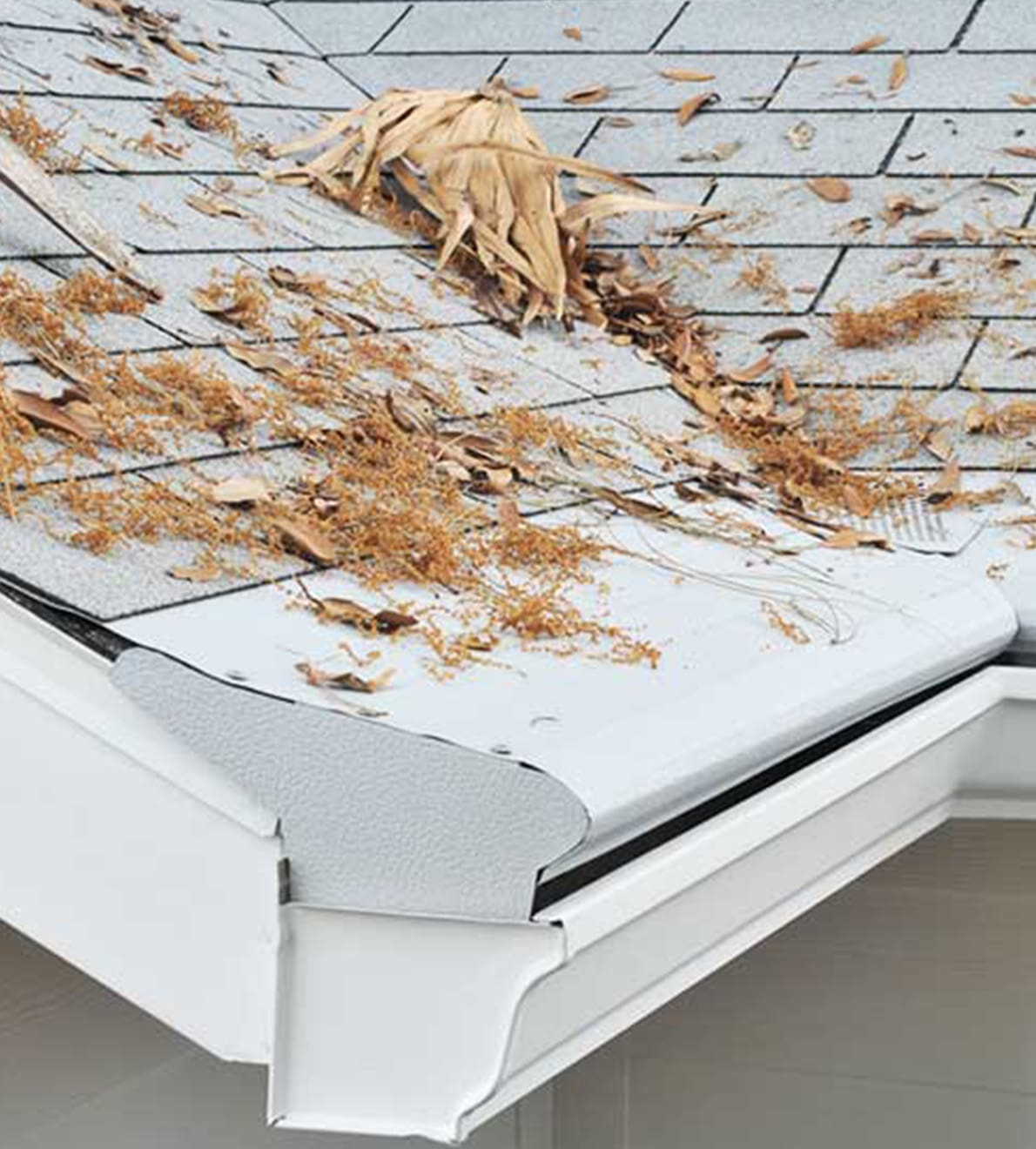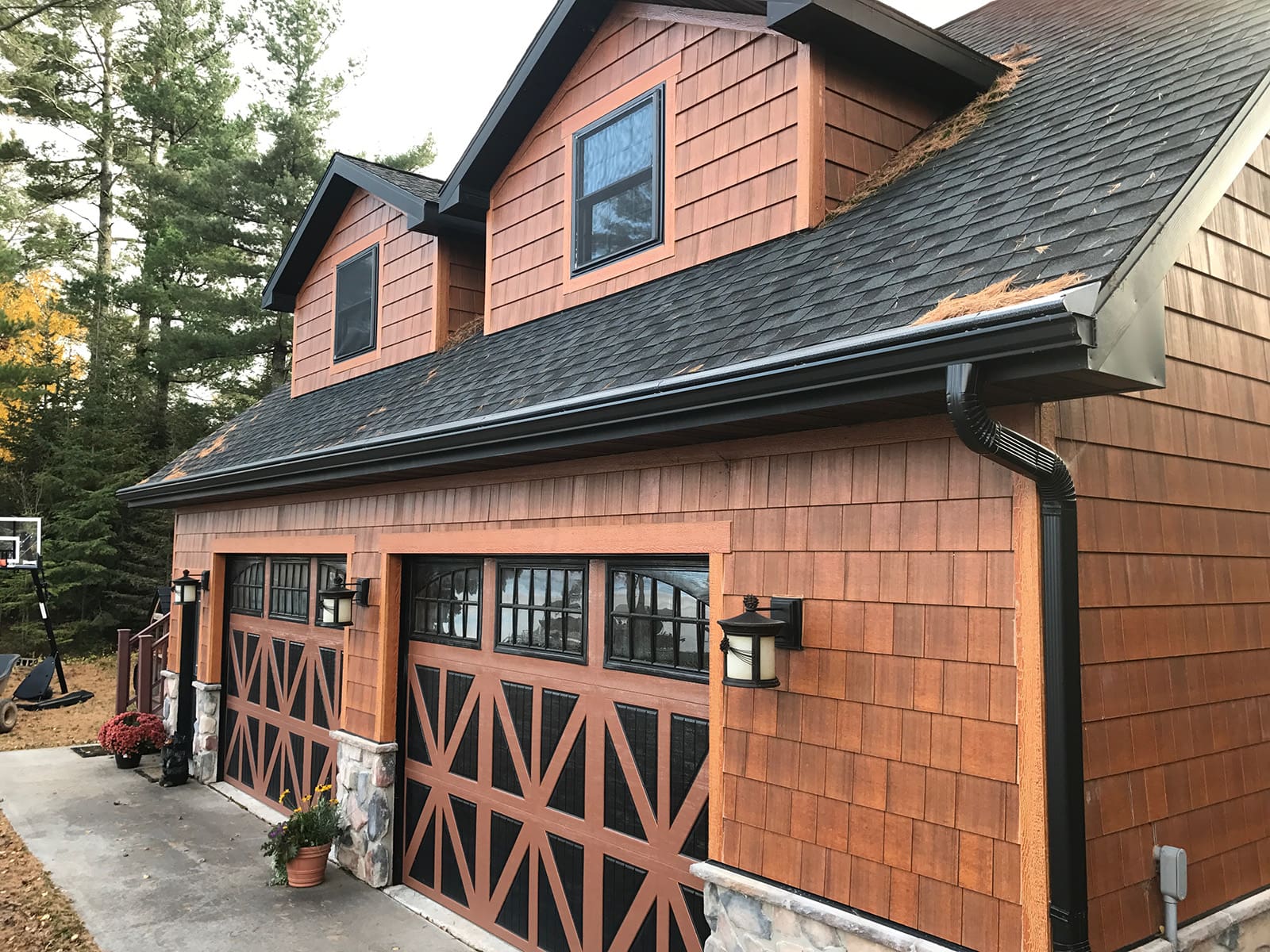Installing gutters can be a challenging task, but with the right tools and some basic knowledge, it is possible to complete the project on your own. DIY gutter installation can save you money and give you a sense of accomplishment.
Gutter Sizing and Placement
Before beginning your gutter installation project, it is important to determine the correct size of gutters for your home. The size of your gutters will depend on the size of your roof and the amount of rainfall in your area. In addition, it is important to choose the correct placement of the gutters to ensure proper water drainage. The gutters should be positioned at a slight angle to allow water to flow towards the downspouts.
Gutter Materials and Tools
There are several materials to choose from when selecting gutters, including aluminum, copper, and vinyl. Each material has its own pros and cons, such as durability, cost, and ease of installation. It is important to choose the right material based on your budget and the climate in your area. In addition, it is important to have the right tools for the job, including a ladder, measuring tape, level, drill, screws, and gutter brackets.
Seamless Gutters vs. Sectional Gutters
Seamless gutters are becoming increasingly popular because they are more efficient than sectional gutters. Seamless gutters are custom made to fit your home’s measurements, which reduces the risk of leaks and other issues. Sectional gutters, on the other hand, are made in pre-cut pieces that are joined together during installation. This can result in leaks and other issues over time. If you have a larger budget, seamless gutters may be a better investment in the long run.
Installation Process
The installation process of gutters can be broken down into several steps. First, measure the length of your roofline to determine the length of gutter needed. Then, cut the gutters to the appropriate length using a saw or snips. Attach the gutter brackets to the fascia board at regular intervals, ensuring that the gutters are angled properly. Once the gutters are in place, attach the downspouts and test the system for proper water flow.
Maintaining and Cleaning Gutters
Once your gutters are installed, it is important to maintain and clean them on a regular basis. This includes removing debris such as leaves, twigs, and dirt that can clog the gutters and prevent proper water flow. It is recommended to clean your gutters at least twice a year, or more frequently if you live in an area with heavy rainfall.
DIY gutter installation can be a rewarding project for homeowners who are looking to save money and take on a challenge. By following these tips and tricks, you can ensure a successful installation that will protect your home from water damage for years to come. Remember to choose the right gutter size and materials, have the right tools, consider seamless gutters, follow the installation process, and maintain and clean your gutters regularly.
Click here to learn how you can protect your newly installed gutters with our gutter protection system that installs easily over your gutters.











